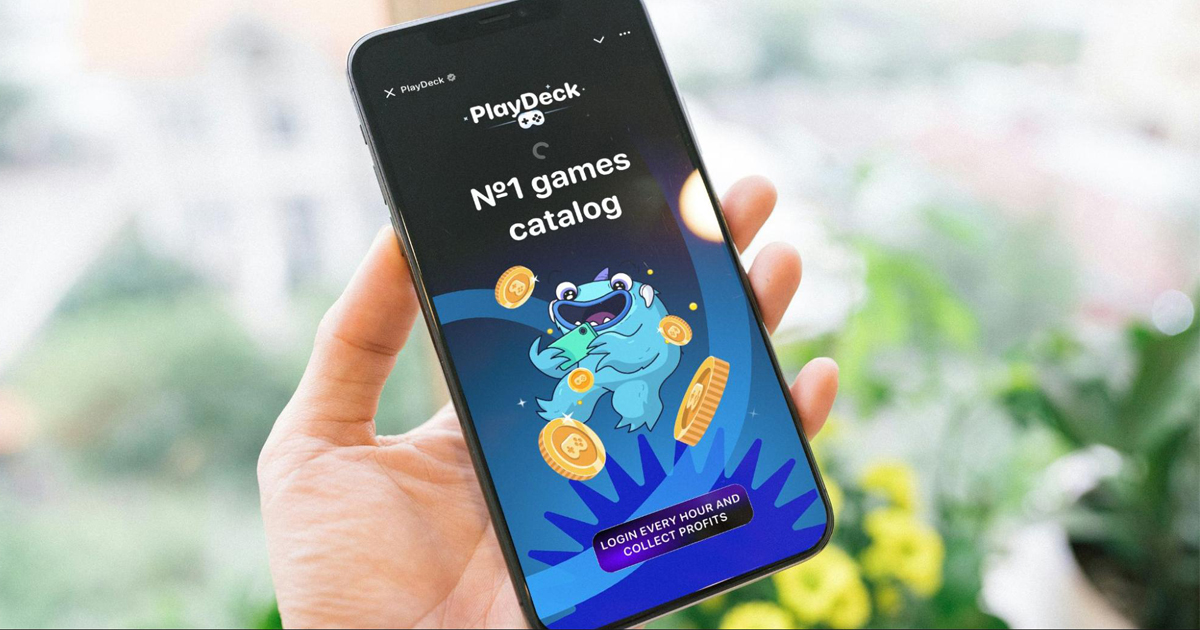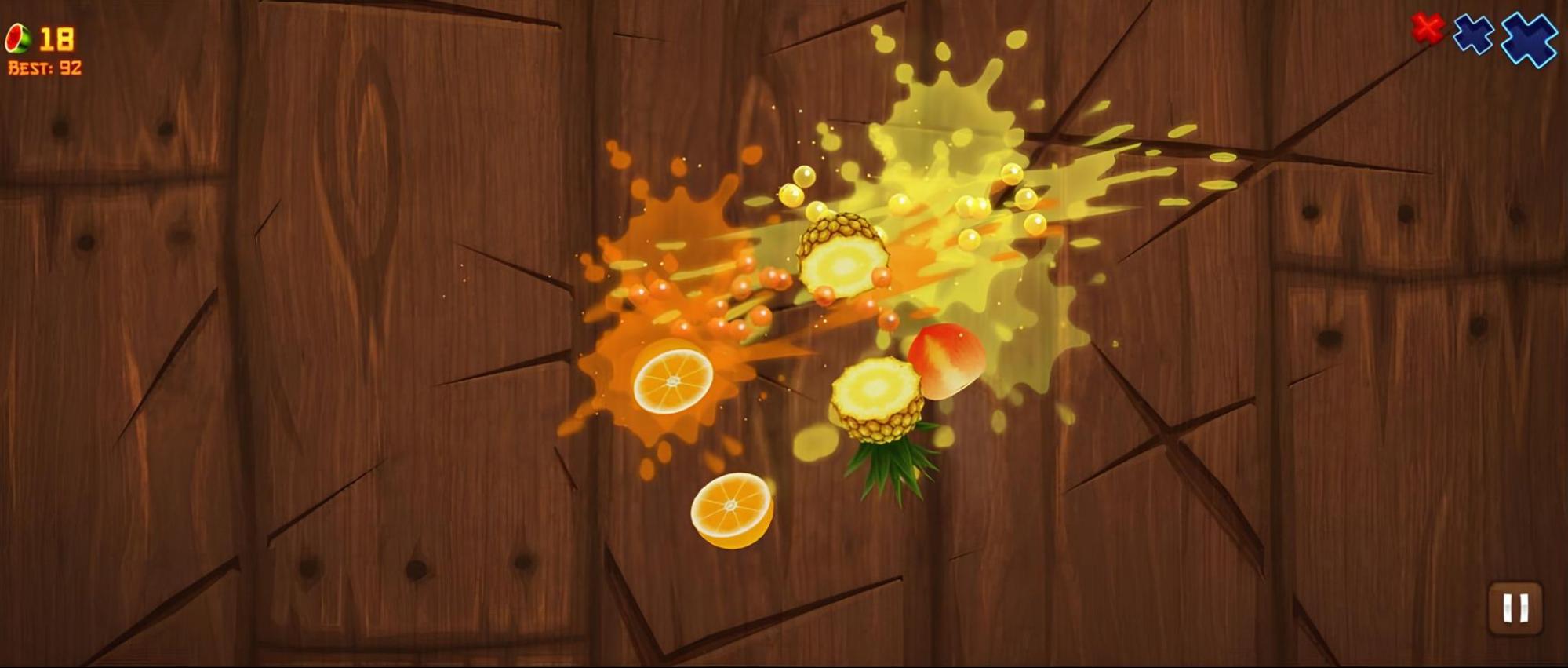Gaming in Telegram: Why the Messenger is Turning into a New Gaming Hub
Maxim Babichev, CBDO of PlayDeck, shared with App2Top which genres are in demand and what the main features of the platform are.
Maxim Babichev
A few years ago, Telegram was perceived primarily as a messenger. Now, it has transformed into a full-fledged gaming platform with immense potential. Telegram games have become a new promising niche that attracts users and gaming companies. At PlayDeck, we decided to discuss what makes this platform unique, which projects are in demand, and why the gaming industry is actively exploring Telegram.
Why Telegram is Attractive to Developers
At first glance, it might seem that Telegram isn't designed for launching games since its main function is communication. However, this changed with the advent of web apps directly in the messenger. Thanks to this, users could play without leaving Telegram. You can quickly launch a game with gameplay comparable to most mobile games and instantly connect with friends.
Deep integration of games with the social features of the messenger itself is the main advantage of the platform. Users can instantly share games with friends, invite them to joint sessions, compete on leaderboards, and participate in various gaming events right within their usual chats.
Telegram's audience exceeds 1 billion users per month and continues to grow. Consequently, the number of players on the platform is also increasing—currently, there are more than 10 million. Among them, 200,000 are paying users who contribute over $20 million monthly. The number of players is steadily growing—the ease of access to games and the ability to communicate with friends attract more and more users.
The audience for Telegram games has a good age range: most players (32%) belong to the most solvent segment aged 25-34, another 30% are users over 34 years old. Young people under 24 make up 38%. With such age distribution, the platform can be considered universal: it's easy to find a target audience for different genres—idle games, casual puzzles of all kinds, mid-core games, and so on.
Besides a large stable audience, Telegram offers another significant advantage for developers: the platform still has a very low Customer Acquisition Cost—10 to 50 cents per player.
This allows developers to find effective combinations of mechanics, settings, gameplay, and marketing faster and cheaper, which pay off and attract an active audience. Thanks to the large active audience in the messenger, you can quickly assess the demand for a game idea and determine how to monetize it most effectively.
Features of the Platform
It's important to understand that Telegram is a social platform, and its audience expects a fast pace and immediate feedback. Unlike mobile games, where events and activities can stretch for days and weeks and this is the norm for the audience, Telegram players are used to faster and more frequently changing activities.
Unlike the App Store, Google Play, or Steam, Telegram games don't compete directly with AAA or console titles. It's a separate niche, an alternative not to mobile gaming, but rather to social networks, movies, series, and board games—here, games that integrate into everyday communication and joint leisure time win. Interest in Telegram games is especially high among users who actively communicate in the messenger throughout the day—for them, the ability to quickly pass a couple of levels and chat directly in a chat makes the game an integral part of their digital routine.
Such games are often accessed not just for the gameplay but for the social element—users simply want to interact with each other in an interesting way. And Telegram is well-suited for this.
How Hybrid Monetization Works in Telegram
Unlike the web, where most of the revenue comes from advertising, in Telegram, purchases dominate.
Telegram game users tend to make small but regular purchases, which stabilizes cash flow and makes the model more predictable. Telegram supports the TON blockchain, which opens up vast monetization opportunities. Additionally, Telegram has its internal currency—Telegram Stars, which the App Store and Google Play work with. Users can purchase stars and then use them to pay for digital goods. Currently, Telegram offers built-in features for gifts, subscriptions, giveaways, and in-game events. All this gives developers more ways to retain and engage their audience.
Which Genres are Popular in Telegram
Initially, the platform was a place for simple clickers with Web3 integration, but over time, there emerged a demand for more complex and interesting mechanics. According to PlayDeck's internal research, currently in Telegram, all games with socialization built into the core gameplay are popular and retain the audience well: match-3, merge, idle RPG, match-3 RPG, and hyper-casual games with various mechanics are well-received. Popular games like Fruit Ninja and Jetpack Joyride have found a second life precisely because of Telegram.
Some studios develop separate builds of their games for Telegram, different from the web versions—studios emphasize socialization among players because, unlike portal projects and mobile gaming, Telegram inherently provides opportunities for contacts and friends to interact.
The Trend Towards Socialization
The success of a game increasingly depends not only on its setting or the depth of its mechanics but on its ability to integrate into Telegram's social processes. For players, it is important that they can easily invite friends to the game, share results, and play in mini-tournaments—these functions are becoming the most sought-after by users.
Notably, there's a departure from play-to-earn mechanics as the sole source of engagement. Whereas before, users came to earn tokens, the Telegram audience now values fun and enjoyment from gameplay more. The shift from play-to-earn to play-for-fun is confirmed by metrics: the number of players who don't expect rewards is steadily growing. PlayDeck statistics show that around 68% of players now don't aim to earn; they just come for entertainment.
After the success of Hamster Kombat, numerous clones appeared, causing audience fatigue and increasing skepticism towards the platform. Users have become more cautious about new projects, especially similar clickers. Nevertheless, new projects strive to find unique mechanics and integrate them into more complex gaming systems, including quests, social interactions, and progression systems.
Platform Growth
As the Telegram game's audience grows, more and more new projects are appearing on the platform. For instance, over 200 active games are available on our platform alone, with new projects being added every week. Telegram doesn't limit the number of applications, so growth is not slowing down—especially as major web projects join.
Interest in the platform is also growing from corporate clients. For example, the company Papa John's launched branded games directly within Telegram to promote their products and create a loyalty system.
Since Telegram preaches the openness of its platform and gives any studio the opportunity to start developing its project, there isn't a full-fledged marketplace or game showcase. Due to the platform's rapid growth, discoverability has become one of the main issues. Publishers take on this part of the work—we have our own catalog with all the mechanisms for launching support and boosting the game with traffic: featuring, compilations, tops.
However, we don't stop there and help studios publish their TMA (Telegram Mini Apps), as we have accumulated years of experience in marketing, producing, monetizing, and analyzing Telegram games. Moreover, we have created a technological layer that allows launching a game in Telegram in just a few hours, connecting to a payment system and ad network.
***
Telegram gaming is no longer an experiment but an industry finding its footing. It combines a low entry threshold, social virality, organic growth, and flexible monetization. Developers who understand the mechanics of the social platform and are ready to adapt their products to it gain not just access to an audience but an entire infrastructure for growth, testing, and earning.



